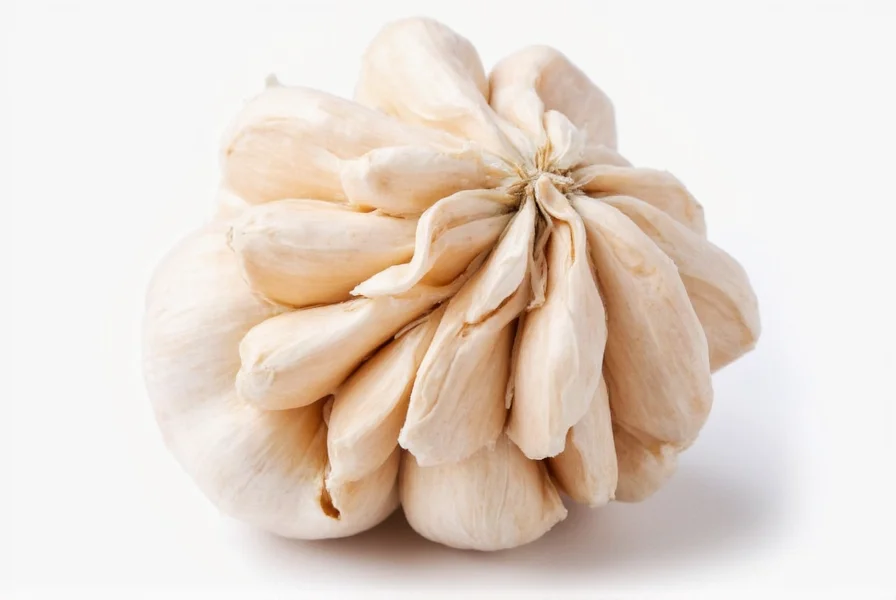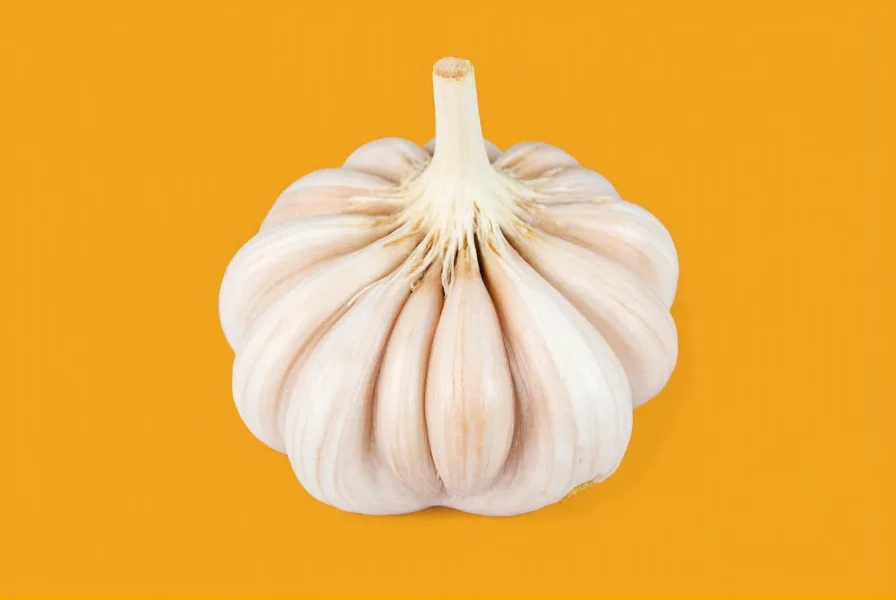Understanding garlic anatomy helps home cooks and gardeners make informed decisions. The garlic head (also called a bulb) consists of multiple individual segments known as cloves, each wrapped in its own papery skin and grouped together under a common outer layer.
Typical Clove Count by Garlic Type
Garlic varieties fall into two main categories, each with distinct clove characteristics:
| Garlic Type | Average Clove Count | Common Varieties | Storage Duration |
|---|---|---|---|
| Softneck Garlic | 10-20 cloves | Silverskin, Artichoke | 9-12 months |
| Hardneck Garlic | 4-12 cloves | Rocambole, Porcelain, Purple Stripe | 4-6 months |
Factors Influencing Clove Quantity
Several elements affect how many cloves develop in a single garlic head:
Growing Conditions
Soil quality, climate, and cultivation practices significantly impact clove formation. Garlic grown in nutrient-rich soil with consistent moisture typically produces larger heads with more cloves. Cooler climates often yield bigger bulbs with higher clove counts than warmer regions.
Bulb Size
Larger garlic heads naturally contain more cloves than smaller ones of the same variety. When selecting garlic at the market, size provides a reliable indicator of potential clove count. A jumbo-sized softneck bulb might contain 18-20 cloves, while a small hardneck bulb may have only 4-6.
Genetic Factors
Each garlic cultivar has inherent characteristics determining its typical clove arrangement. Porcelain varieties usually feature 4-6 large cloves arranged symmetrically, while Silverskin types often contain 12-20 smaller cloves in multiple layers.
How to Estimate Cloves Without Peeling
Before purchasing or using garlic, you can estimate clove count through these methods:
- Feel the bulb - Gently squeeze to detect individual segments; more pronounced sections suggest higher clove count
- Examine the base - Look at the root end where cloves connect; more defined sections indicate more cloves
- Check firmness - Well-formed bulbs with tight cloves typically have the expected count for their variety
Practical Implications for Cooking
Knowing average clove counts helps with recipe planning and grocery shopping. When a recipe calls for "one head of garlic," understanding that this typically means 10-12 individual cloves prevents under or over-seasoning dishes. Chefs often prefer softneck varieties for recipes requiring many small cloves, while hardneck types work better when larger, easier-to-peel cloves are needed.
For gardeners, tracking clove counts helps evaluate crop performance and select optimal varieties for their climate. Consistently low clove counts might indicate soil deficiencies or improper planting depth that need correction in subsequent growing seasons.

Measuring Garlic for Recipes
When precision matters in cooking, understanding garlic measurements proves valuable. One medium clove typically yields about 1½ teaspoons of minced garlic. For larger quantities, remember that one standard garlic head (10-12 cloves) equals approximately 2-3 tablespoons of minced garlic, depending on clove size and mincing technique.











 浙公网安备
33010002000092号
浙公网安备
33010002000092号 浙B2-20120091-4
浙B2-20120091-4